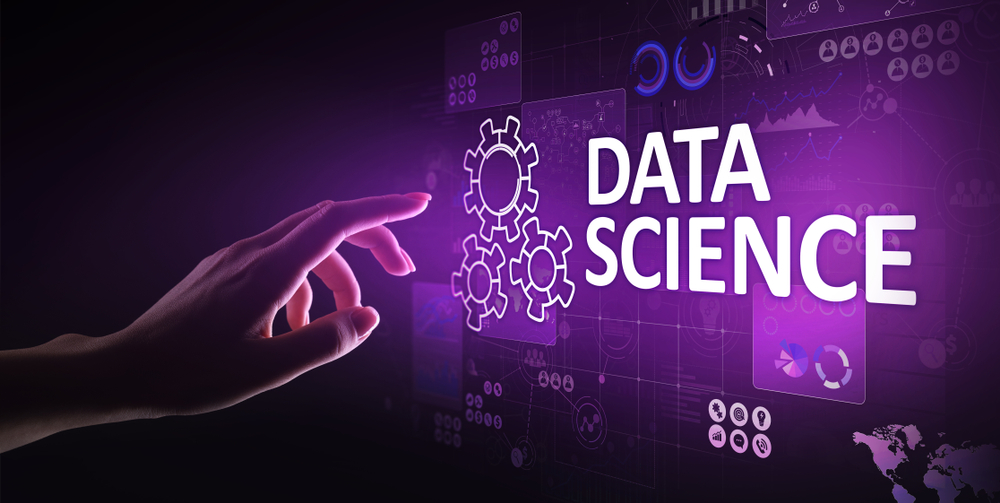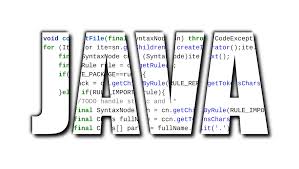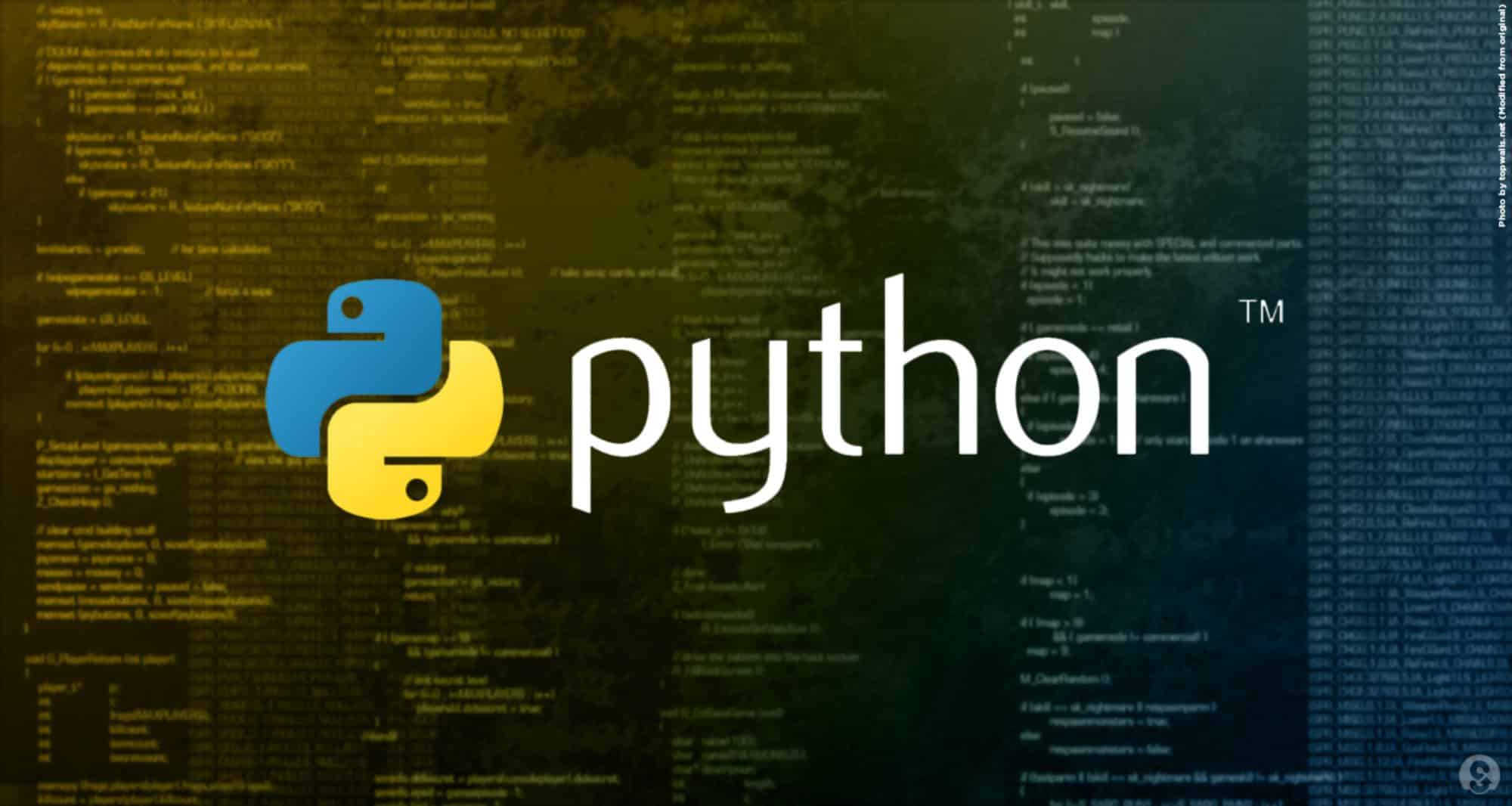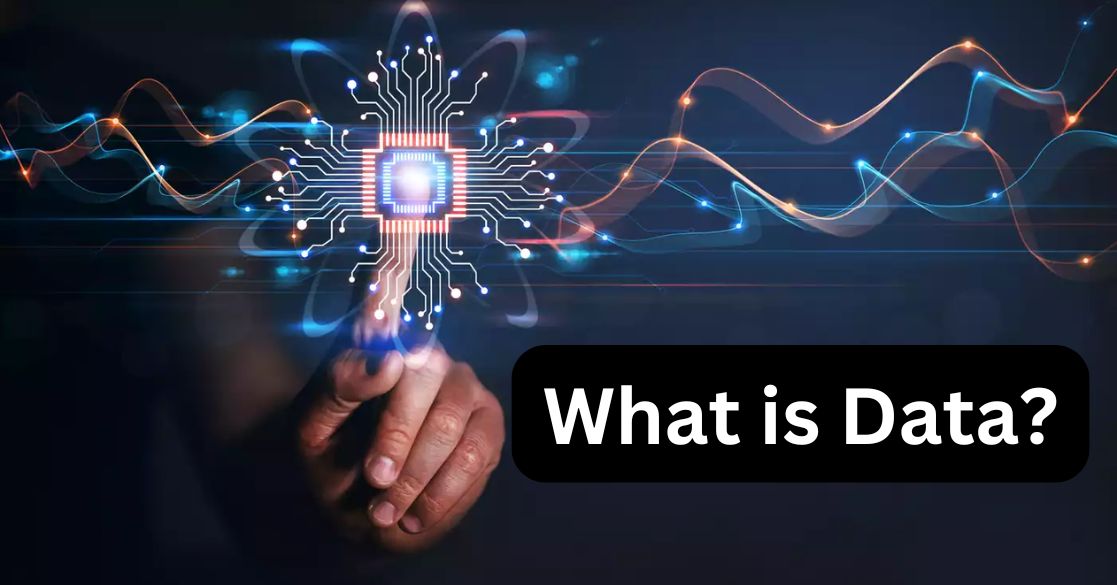Data Science is a combination of mathematics, statistics, machine learning, and computer science. Data Science is collecting, analyzing and interpreting data to gather insights into the data that can help decision-makers make informed decisions.
Data Science is used in almost every industry today that can predict customer behavior and trends and identify new opportunities. Businesses can use it to make informed decisions about product development and marketing. It is used as a tool to detect fraud and optimize processes. Governments also use Data Science to improve efficiency in the delivery of public services.
Data Science is an emerging field that sees its importance grow with each passing day. It is the latest buzzword in the IT world, and its demand in the market has been growing steadily. The demand for Data Scientists is proliferating, driven by the need for organizations to transform data into insights. Companies such as Google, Amazon, Microsoft, and Apple have been among the biggest recruiters of Data Scientists. Data Science is also becoming a sought-after field for IT professionals.
According to a recent report by Precedence Research, the demand for Data Science is anticipated to grow at a CAGR (Compound Annual Growth Rate) of 16.43% and hit the market value of a whopping 378.7 Billion over the forecast period 2022 to 2030.
Elevate your career with our comprehensive data science course, tailored to nurture the modern business analyst.
In simple terms, Data Science helps to analyze data and extract meaningful insights from it by combining statistics & mathematics, programming skills, and subject expertise.
Importance of Data Science
Nowadays, organizations are overwhelmed with data. Data Science will help in extracting meaningful insights from that by combining various methods, technology, and tools. In the fields of e-commerce, finance, medicine, human resources, etc, businesses come across huge amounts of data. Data Science tools and technologies help them process all of them.
History of Data Science
Early in the 1960s, the term “Data Science” was coined to help comprehend and analyze the massive volumes of data being gathered at the time. Data science is a discipline that is constantly developing, employing computer science and statistical methods to acquire insights and generate valuable predictions in a variety of industries.
Data Science – Prerequisites
- Statistics
Data science relies on statistics to capture and transform data patterns into usable evidence through the use of complex machine-learning techniques.
Check out Statistics for Data Science to learn key concepts of Statistics in Data Science, Machine Learning, and Business Intelligence.
- Programming
Python, R, and SQL are the most common programming languages. To successfully execute a data science project, it is important to instill some level of programming knowledge.
Check out the free R Studio Tutorial course to learn how to use various techniques and tools to process the raw data and obtain valuable insights.
- Machine Learning
Making accurate forecasts and estimates is made possible by Machine Learning, which is a crucial component of data science. You must have a firm understanding of machine learning if you want to succeed in the field of data science.
- Databases
A clear understanding of the functioning of Databases, and skills to manage and extract data is a must in this domain.
- Modeling
You may quickly calculate and predict using mathematical models based on the data you already know. Modeling helps in determining which algorithm is best suited to handle a certain issue and how to train these models.
Also check: Data Science Mathematics
What is Data Science used for?
- Descriptive Analysis
It helps in accurately displaying data points for patterns that may appear that satisfy all of the data’s requirements. In other words, it involves organizing, ordering, and manipulating data to produce information that is insightful about the supplied data. It also involves converting raw data into a form that will make it simple to grasp and interpret.
- Predictive Analysis
It is the process of using historical data along with various techniques like data mining, statistical modeling, and machine learning to forecast future results. Utilizing trends in this data, businesses use predictive analytics to spot dangers and opportunities.
- Diagnostic Analysis
It is an in-depth examination to understand why something happened. Techniques like drill-down, data discovery, data mining, and correlations are used to describe it. Multiple data operations and transformations may be performed on a given data set to discover unique patterns in each of these techniques.
- Prescriptive Analysis
Prescriptive analysis advances the use of predictive data. It foresees what is most likely to occur and offers the best course of action for dealing with that result. It can assess the probable effects of various decisions and suggest the optimal course of action. It makes use of machine learning recommendation engines, complicated event processing, neural networks, simulation, graph analysis, and simulation.
Great Learning’s Data Science & Business Analytics program equips participants with essential skills for data-driven decision-making through a comprehensive curriculum and hands-on projects.
What is the Data Science process?
- Obtaining the data
The first step is to identify what type of data needs to be analyzed, and this data needs to be exported to an excel or a CSV file.
- Scrubbing the data
It is essential because before you can read the data, you must ensure it is in a perfectly readable state, without any mistakes, with no missing or wrong values.
- Exploratory Analysis
Analyzing the data is done by visualizing the data in various ways and identifying patterns to spot anything out of the ordinary. To analyze the data, you must have excellent attention to detail to identify if anything is out of place.
- Modeling or Machine Learning
A data engineer or scientist writes down instructions for the Machine Learning algorithm to follow based on the Data that has to be analyzed. The algorithm iteratively uses these instructions to come up with the correct output.
- Interpreting the data
In this step, you uncover your findings and present them to the organization. The most critical skill in this would be your ability to explain your results.
What are different Data Science tools?
Here are a few examples of tools that will assist Data Scientists in making their job easier.
- Data Analysis – Informatica PowerCenter, Rapidminer, Excel, SAS
- Data Visualization – Tableau, Qlikview, RAW, Jupyter
- Data Warehousing – Apache Hadoop, Informatica/Talend, Microsoft HD insights
- Data Modelling – H2O.ai, Datarobot, Azure ML Studio, Mahout
Also explore: Basics of Time Series in Data Science
Benefits of Data Science in Business
- Improves business predictions
- Interpretation of complex data
- Better decision making
- Product innovation
- Improves data security
- Development of user-centric products
Applications of Data Science
- Product Recommendation
The product recommendation technique can influence customers to buy similar products. For example, a salesperson of Big Bazaar is trying to increase the store’s sales by bundling the products together and giving discounts. So he bundled shampoo and conditioner together and gave a discount on them. Furthermore, customers will buy them together for a discounted price.
- Future Forecasting
It is one of the widely applied techniques in Data Science. On the basis of various types of data that are collected from various sources weather forecasting and future forecasting are done.
- Fraud and Risk Detection
It is one of the most logical applications of Data Science. Since online transactions are booming, losing your data is possible. For example, Credit card fraud detection depends on the amount, merchant, location, time, and other variables. If any of them looks unnatural, the transaction will be automatically canceled, and it will block your card for 24 hours or more.
- Self-Driving Car
The self-driving car is one of the most successful inventions in today’s world. We train our car to make decisions independently based on the previous data. In this process, we can penalize our model if it does not perform well. The car becomes more intelligent with time when it starts learning through all the real-time experiences.
- Image Recognition
When you want to recognize some images, data science can detect the object and classify it. The most famous example of image recognition is face recognition – If you tell your smartphone to unblock it, it will scan your face. So first, the system will detect the face, then classify your face as a human face, and after that, it will decide if the phone belongs to the actual owner or not.
- Speech to text Convert
Speech recognition is a process of understanding natural language by the computer. We are quite familiar with virtual assistants like Siri, Alexa, and Google Assistant.
- Healthcare
Data Science helps in various branches of healthcare such as Medical Image Analysis, Development of new drugs, Genetics and Genomics, and providing virtual assistance to patients.
- Search Engines
Google, Yahoo, Bing, Ask, etc. provide us with a lot of results within a fraction of a second. It is made possible using various data science algorithms.
How to become a Data Scientist?
Role of a Data Scientist
As businesses generate more data than ever, it becomes clear that data is a valuable asset. However, extracting meaningful insights from data requires analyzing the data, which is where Data Scientists come in. A Data Scientist is a specialist in collecting, organizing, analyzing, and interpreting data to find trends, patterns, and correlations.
Data Scientists play an essential role in ensuring that organizations make informed decisions. They work closely with business leaders to identify specific objectives, such as identifying customer segmentation and driving improvements in products and services. Using advanced machine learning algorithms and statistical models, Data Scientists can examine large datasets to uncover patterns and insights that help organizations make sound decisions.
Data Scientists generally have a combination of technical skills and knowledge of interpreting and visualizing data. They must have expertise in statistical analysis, programming languages, machine learning algorithms, and database systems.
Let’s have a look at an overview of the responsibilities handled by a professional Data Scientist.
- Gathering, cleaning, and organizing data to be used in predictive and prescriptive models
- Analyzing vast amounts of information to discover trends and patterns
- Using programming languages to structure the data and convert it into usable information
- Working with stakeholders to understand business problems and develop data-driven solutions
- Developing predictive models using statistical models to forecast future trends
- Building, maintaining, and monitoring machine learning models
- Developing and using advanced machine learning algorithms and other analytical methods to create data-driven solutions
- Communicating data-driven solutions to stakeholders
- Discover hidden patterns and trends in massive datasets using a variety of data mining tools
- Developing and validating data solutions through data visualizations, reports, dashboards, and presentations
The role of a Data Scientist is critical for businesses looking to make data-driven decisions. Data Scientists are responsible for collecting, organizing, analyzing, and interpreting data to identify trends and correlations. They also develop data processing pipelines, design reports, and dashboards, and develop models to forecast future trends. To succeed in the field, data science course can provides essential skills in statistical analysis, machine learning, and data visualization. It includes hands-on projects and case studies to build practical experience and prepare individuals to leverage data effectively for business growth and innovation.
Steps to Become a Data Scientist
Data Science is one of the fastest-growing sectors in the tech industry and is a field where skilled professionals are in high demand. You might be curious about the process of becoming a Data Scientist if you’re thinking about a career in this field. Here, we’ll provide an overview of what it takes to get started and become successful in this field.
- Learn the Basics: The first step to becoming a Data Scientist is understanding the fundamentals of Data Science and Analytics. You’ll need to understand data management, statistics, mathematics, and programming topics. You can find plenty of online resources and courses that teach these topics.
- Develop Practical Skills: Once you’ve gained the foundational understanding of data science, you’ll need to develop practical skills that will come in handy in your career. For instance, familiarize yourself with programming languages, like R and Python, and coding and database management systems. You may also want to practice machine learning and data analysis techniques.
- Earn a Post Graduate Certificate or a Degree: Most employers prefer to hire data scientists with a post-graduate or master’s degree in a corresponding field, like computer science or applied mathematics. Earning a Data Science or Analytics degree can help you acquire the knowledge, expertise, and skills required to become a successful Data Scientist.
- Work on Projects: One of the best ways to develop your Data Science skills is to work on projects. You can find projects online or reach out to organizations looking for Data Scientists. Working on projects will help you gain experience in data analysis, machine learning, and other Data Science activities.
- Stay Up-to-Date: To stay ahead of the curve, you’ll need to stay in the know about the latest Data Science trends. Keep an eye on industry news and subscribe to prominent Data Science publications.
Becoming a Data Scientist is achievable with the right amount of dedication and hard work. By following the tips outlined above, you’ll be on your way to a lucrative Data Science career.
Read more on Top 9 Job Roles in the World of Data Science for 2023
Conclusion
In conclusion, data science is a dynamic and rapidly evolving field that plays a pivotal role in our data-driven world. It combines a variety of skills, including statistics, programming, domain knowledge, and data visualization, to extract valuable insights from vast and complex datasets. As we’ve explored in this blog, data science is not just about crunching numbers; it’s about transforming data into actionable knowledge that can drive informed decision-making across industries. Whether you’re a seasoned data scientist or someone just beginning to explore this fascinating field, the opportunities and impact of data science are boundless, and it promises to continue shaping our future in profound ways. So, whether you’re using data science to analyze market trends, improve healthcare outcomes, or enhance user experiences, it’s clear that the power of data science is here to stay, and its potential is limited only by our imagination and innovation.
FAQs
Data science is a field of study that uses data for various research and reporting purposes to derive insights and meaning from that data.
Data scientists create and use algorithms to analyze data. This process generally involves using and building machine learning tools and personalized data products to help businesses and clients interpret data in a useful manner.
One of the most important examples of data science now would be its use in studying the COVID-19 virus and coming up with a vaccine or a treatment. Data science also includes fraud detection, customer care automation, healthcare recommendations, fake news detection, eCommerce and entertainment recommendation systems, and more.
The eligibility criteria for a Data Science course may vary depending on the institution offering the program. However, in general, candidates should have a minimum educational qualification of a bachelor’s degree in a relevant field such as computer science, mathematics, statistics, or engineering. Some institutions may also require candidates to have prior knowledge of programming languages such as Python or R. More details about the data science courses eligibility.
Yes, but to become an expert, you must enroll in a course that offers you proper training, guidance, and mentoring.















